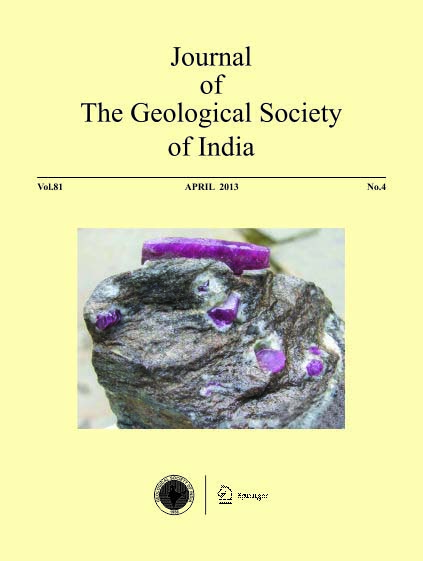Determining the Best Search Neighbourhood in Reserve Estimation, Using Geostatistical Method: A Case Study Anomaly no 12A Iron Deposit in Central Iran
Keywords:
Negative Kriging Weights, Slope of the Regression, Kriging Variance.Abstract
Ordinary kriging and non-linear geostatistical estimators are now well accepted methods in mining grade control and mine reserve estimation. In kriging, the search volume or 'kriging neighbourhood' is defined by the user. The definition of the search space can have a significant impact on the outcome of the kriging estimate. In particular, too restrictive neighbourhood, can result in serious conditional bias. Kriging is commonly described as a 'minimum variance estimator' but this is only true when the neighbourhood is properly selected. Arbitrary decisions about search space are highly risky. The criteria to consider when evaluating a particular kriging neighbourhood are the slope of the regression of the 'true' and 'estimated' block grades, the number of kriging negative weights and the kriging variance. Search radius is one of the most important parameters of search volume which often is determined on the basis of influence of the variogram. In this paper the above-mentioned parameters are used to determine optimal search radius.Downloads
Issue
Section
Downloads
Published
How to Cite
References
ANNELS, ALWYN, E. (1996) Mineral Deposit Evaluation: A Practical Approach., Chapman and Hall.
DE-VITRY, C. (2003) Resource Classification - a Case Study from the Joffre-Hosted Iron Ore of BHP Billiton's Mount Whaleback Operations. Jour. Mining Technology (Trans. Inst. Min. Metall. A), v.112, pp.185-196.
Deutsch, C. (1995) Correcting for Negative Weights in Ordinary Kriging. Jour. Computers & Geosciences, v.22, no.7, pp.765-773.
HASSANI, PAK, A.A. (1998) Geostatistics. Tehran University Press.
HASSANI PAK, A.A. (2005) Exploration Data Analysis. Tehran University Press, pp.642-646.
MADANKAV CONSULTANTS COMPANY (2004) Report of Potentials and Iron Anomalies in Central Iran, 385p.
MWSINGA, P. (2001) Approaching resource classification: general practices and the integration of geostatistics. In: Xie, Wang, Jiang (Eds.), Computer applications in the minerals industries, New York, Lisse, pp.97-104.
SINCLAIR, ALASTAIR, J. and BLACKWELL, GARSTON, H. (2002) Applied Mineral Inventory Estimation. pp.224-226.
SZIDAROVSZKY, F., BAAFI, E. Y. and KIRN, Y.C. (1987) Kriging Without Negative Weights. Jour. Mathematical Geol., v.19, no.6, pp.549-559.
YAMAMOTO, JORGE KAZUO. (2000) An Alternative Measure of the Reliability of Ordinary Kriging Estimates. Jour. Mathematical Geol., v.32, no.4, pp.489-509.
VANN, J., JAKSON, S. and BERTOLI, O. (2003) Quantitative Kriging Neighbourhood Analysis for the Mining Geologist - A Description of the Method With Worked Case Examples. 5th International Mining Geology Conference.

 Marzeihe Shademan Khakestar
Marzeihe Shademan Khakestar


